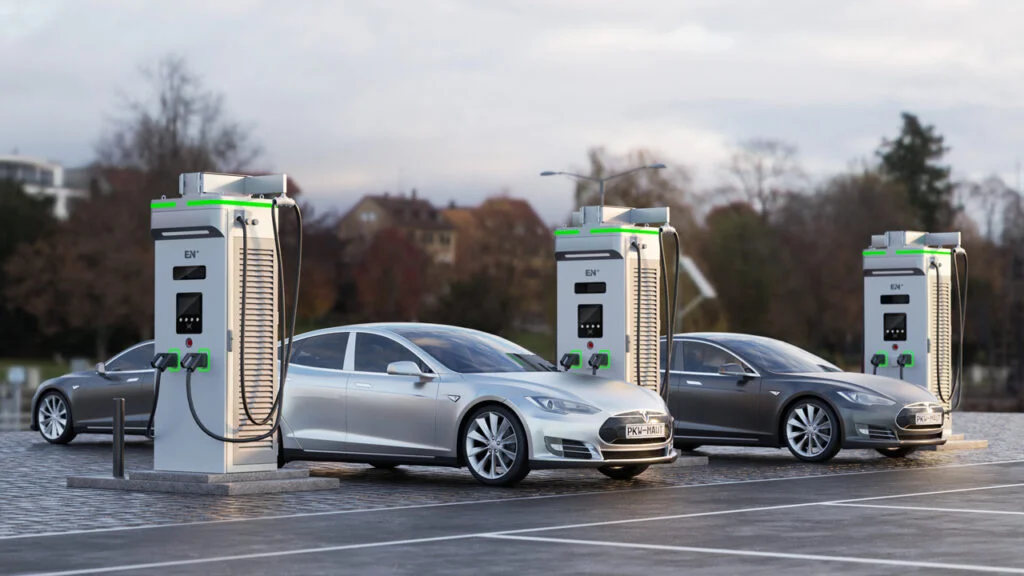Electric vehicles (EVs) are known for their reliability and low maintenance compared to traditional petrol or diesel cars. However, like any piece of technology, EVs can experience problems from time to time. Understanding common issues and knowing how to fix them can save you time and money. In this article, we will discuss some of the most common EV problems and practical solutions that you can implement yourself.
Problem 1: Reduced Battery Range
Symptoms:
- The car’s range is significantly lower than usual.
- The battery drains quickly, even with minimal usage.
Causes:
- Excessive use of air conditioning or heating.
- Driving at high speeds for extended periods.
- Frequent rapid acceleration and braking.
- Battery aging or degraded cells.
How to Fix:
- Optimize Your Driving Habits: Drive at moderate speeds and use regenerative braking.
- Reduce Energy Consumption: Minimize the use of AC and heater when not necessary.
- Battery Maintenance: Perform a full charge-discharge cycle occasionally to recalibrate the battery.
- Software Update: Check if there’s a battery management system update that may optimize performance.
Problem 2: Charging Port Issues
Symptoms:
- The car does not charge when plugged in.
- The charging process stops intermittently.
Causes:
- Dirt or debris in the charging port.
- Damaged charging cable or connector.
- Software glitch in the vehicle’s charging system.
How to Fix:
- Inspect the Charging Port: Clean the port with a soft, dry cloth to remove dust and debris.
- Check the Cable: Inspect the charging cable for any signs of wear or damage.
- Restart the Vehicle: A quick reboot can resolve temporary software glitches.
- Test Another Charger: Try using a different charging station to rule out charger faults.
Problem 3: Strange Noises from the Motor
Symptoms:
- Unusual whining, humming, or grinding noises during acceleration.
Causes:
- Loose or worn-out components in the electric motor assembly.
- Issues with the transmission or bearings.
How to Fix:
- Check for Loose Parts: Inspect the motor compartment for loose bolts or components.
- Lubrication: Apply lubricant to moving parts if recommended in the owner’s manual.
- Professional Diagnosis: If the noise persists, visit a certified EV technician as internal motor issues may require specialized repairs.
Problem 4: Brake Regeneration Not Working
Symptoms:
- The car does not slow down as expected when you take your foot off the accelerator.
- Regenerative braking seems less effective.
Causes:
- Low battery charge, which may disable regeneration.
- Software malfunction or configuration change.
How to Fix:
- Check Battery Levels: Ensure the battery has sufficient charge, as regeneration may not work at low levels.
- Restart the System: Sometimes a simple system reboot can restore regenerative functions.
- Settings Check: Review the regenerative braking settings in the car’s menu.
Problem 5: Display or Dashboard Issues
Symptoms:
- The touchscreen becomes unresponsive or displays incorrect information.
- Warning lights appear without clear reasons.
Causes:
- Software glitch or outdated firmware.
- Loose connections or electrical faults.
How to Fix:
- Reboot the Infotainment System: Restart the display from the settings menu.
- Perform a Hard Reset: Follow the manufacturer’s guide to perform a complete system reset.
- Check for Updates: Ensure that your car’s software is up to date.
Problem 6: Range Anxiety During Long Trips
Symptoms:
- Constant worry about running out of battery on long journeys.
How to Fix:
- Plan Your Route: Use apps or navigation systems to locate charging points along your route.
- Pre-Condition the Cabin: While plugged in, cool or heat the cabin to save battery during travel.
- Drive Efficiently: Avoid rapid acceleration and maintain a steady speed.
Problem 7: Frozen Charging Port (Cold Weather)
Symptoms:
- Charging port becomes stuck or hard to open in winter.
How to Fix:
- Warm Up the Port: Use a hairdryer to gently warm the area around the port.
- Preventive Measures: Apply a thin layer of silicone spray to the port cover to prevent freezing.
- Park Indoors: Whenever possible, park your EV in a garage during cold weather.
Conclusion: Keep Your EV Running Smoothly
Owning an electric vehicle comes with unique maintenance challenges, but most common issues can be resolved with a bit of know-how. By taking a proactive approach to battery care, charging habits, and regular inspections, you can minimize disruptions and keep your EV in top condition. Always refer to your vehicle’s manual for specific maintenance recommendations, and don’t hesitate to consult a professional for complex repairs.

